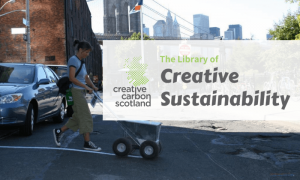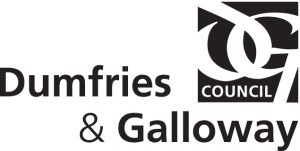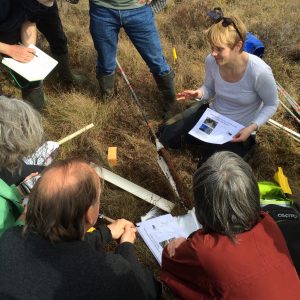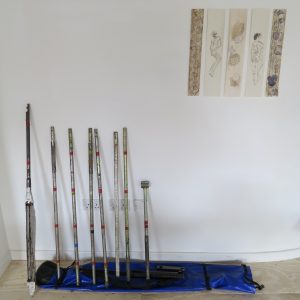


As part of this months Wild Goose Festival, The Stove cafe is currently sharing an exhibition of works produced by Fife College Learners at HMP Dumfries made as a direct response to the festival. The exhibition includes a flock of paper cut out birds, alongside two wall mounted works. Following a prolonged period in lockdown the festival was welcomed by learners as a breath of fresh air and working on this festival has been a welcome distraction during the present climate.
The learner who produced the watercolour on board painting said: “I would say the grey Largs arrive first – they are a much larger goose than the barnacle goose. About 50 went over flying very high, just a dot in the sky. They fly in family groups with 4/5 hatched gosling chicks that fly together. They return to the same place so their return to Scotland is passed onto their goslings. They like to feed as a family group and this too is passed on in this migratory journey. Food includes eating grass, rotting potatoes and chats – they love that!”
The conceptual goose painting is made up of lots of different geese contributing to the overall picture. The learner felt that this showed the comparison between all the geese working together and similar experiences within the learning centre and wider community. Individuals have tasked they need to complete to contribute to the successful journey together.
The geese will be on display in the Stove cafe until Saturday, 24th October.



















